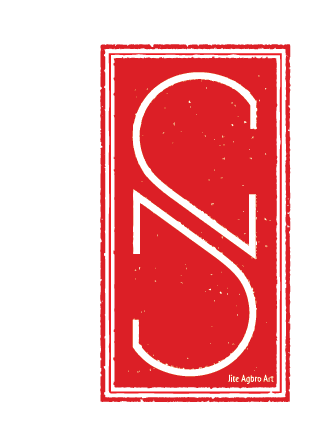/ˈskāpˌɡōt/
Scapegoat: the term, for one who is punished for the misdeeds of others.
To be a person of color in the US is to be born into an unofficial caste of scapegoats. This birthmark carries with it the daily threat of experiencing discrimination and sometimes violence. One way of countering this constant threat is to develop and wear a form of psychological armor, which can consist of anything from an overdeveloped sense of character to a healthy but dark sense of humor. In my family, the armor of choice was personal responsibility or believing the individual is the keeper of their own destiny. “ You can be anything you want,” as the saying goes, “as long as you put your mind to it.” Of course, the unspoken rule behind this rhetoric is, “if you fail to achieve it is only because you lacked self-belief and initiative.” Perhaps what's most disturbing about this way of thinking is that it ignores the invisible restraints created by social systems operating silently in the background influencing our behavior and steering outcomes.
Invisible systems - segregated cities and counties, the prison industrial complex, systemic implicit biases, etc. will eventually challenge an individual's threshold for suffering and the results can be devastating. For many of us, processing the inevitable unfairness of life prompts magical thinking which in its worst form can devolve into scapegoating. For the purpose of this series I define scapegoating as follows;
adjective
Sacrificing an innocent: a soul, a norm, even an idea or a dream, in exchange for the illusion of absolution.
I began working on a series called “Armor” about three years ago, after traveling to West Africa. “Armor” is meant to be an examination of on how people use clothing (and other status markers) to project an image. Sometimes this image is used to protect themselves against class discrimination, societal mistreatment, and violence and sometimes its used to inflict violence and discrimination against others.
/ˈskāpˌɡōt/ is a sub-series of “Armor” Continuing this body of work through the concept of laying blame seemed a natural progression since the impulse is often strongly tied to things like race, class, and gender. While developing this recent series I kept revisiting my own experiences growing up in an unofficially segregated neighborhood.
I don’t believe scapegoating begins as a conscious choice.” It's really a negative impulse born out feelings helplessness. There is conflict underneath a person’s drive to find a scapegoat this tension can exist in tandem with the effort to extend compassion.
This series is an attempt to unpack the many experiences I’ve encountered over the years as both an unwitting victim and occasional perpetrator scapegoating.

